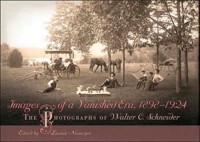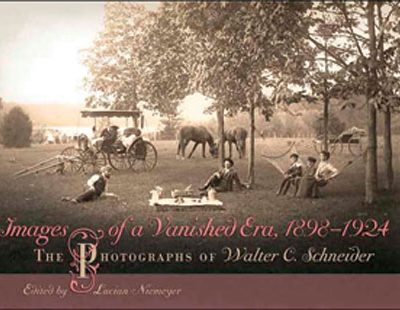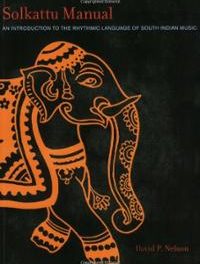 Editor: Lucian Niemeyer
Editor: Lucian Niemeyer
Publisher: University of Missouri Press – 178 pages
Book Review by: Sonu Chandiram
Photography had its origins in the 1790s and evolved into different means of imaging, then developing those images into prints. What Walter Schneider used was the collodion or wet-plate process, which began in the early 1950s and had followed the earlier daguerreotype method.
Walter Schneider started taking photographs as a teenager in 1898 when his father gifted him a camera and tripod. The year before, his Uncle George had interested him in the craft and showed him how to use the camera to capture images and process the film plates. He also instilled in his nephew the discipline of carefully recording the details of each photograph such as the location, subject, time of day and other details.
America was approaching the turn of the century when this was happening in Walter’s youth. Imagine a bucolic agrarian era with scenes of farms with cows grazing on them, and when the mode of transportation was the horse and buggy, just slowly giving way to the horseless carriage.
Picture a time when dirt roads were gradually being paved, and streets and homes were being lighted with electricity. It was an age of transition from an agrarian to an industrial society in America.
Those are the images that Walter Schneider captured, saved and put away. There were about 1200 glass-plate negatives that had been stored in a basement for decades until discovered by photographer Lucian Niemeyer. He picked 168 of the best images for this extraordinary book – a rare look at America at the turn of the century.
Many of the photos were taken by Walter in his hometown of Kankakee in Illinois, but some of them are of other places in this country, including in and around the University of Wisconsin in Madison, where he went to college. He also took photos of rural scenes and places he visited in his bicycle trips to Indiana, Kentucky and Tennessee. Others were taken in parts of Europe.
What did Kankakee look like? The author describes it this way:
“Kankakee was in many ways a typical American town. The Kankakee River was a main place of recreation. The steam-powered paddle riverboat Margaret took residents to Gougar’s Grove amusement park for an afternoon of fun. In the winter, Kankakeeans skated while the local brewery cut up river ice for sale. It was a junction for railways running north-south and east-west.”
Lucian Niemeyer describes Walter Schneider’s images as “professional, well documented and artistic.” and writes that he was “amazed at the beauty that each plate revealed. He calls him “a master of his trade.”
Readers are probably wondering how Lucian discovered the vast treasure of Walter’s images. Well, it so happens that Walter was the grandfather of his wife Joan and her brother Tom Schneider. The four-by-five inch glass negatives were stored in a dry and dark spot in Tom’s basement in Chicago.
The images in this superior quality, horizontal-format hardbound volume of 178 pages are organized thematically and chronologically into six sections as follows:
- The Early Years, 1884-1899
- Mastering the Craft, 1900-1903
- The College Years, 1903-1905
- Europe as a Vice Consul, 1905-1907
- The Wanderlust Years, 1908-1912
- The Marriage Years, 1913-1924
Each of these sections is preceded by two to four pages of introductory text. This is a well-organized book with sufficient background to understand and enjoy the photos. Lucian Niemeyer has done a truly good job presenting to the public the treasure he found.
Lucian Niemeyer has published numerous collections of his own photographs, including Okefenokee: Land of Trembling Earth, Desert Wetlands and Africa: The Holocausts of Rwanda and Sudan. He lives in Santa Fe, New Mexico.







